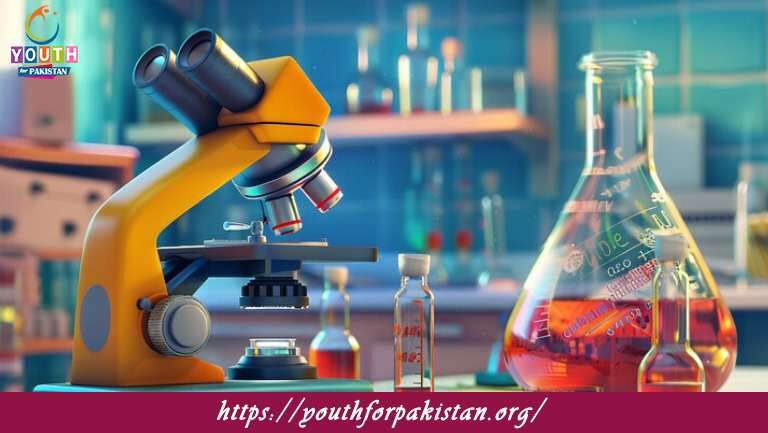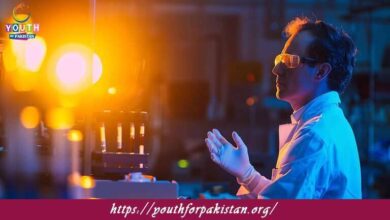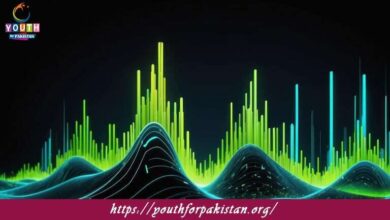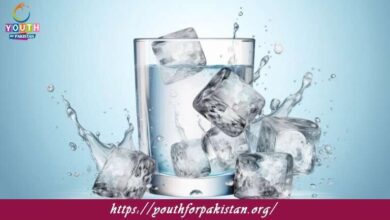11th Class Chemistry Chapter 2 Quiz with Answers

“11th Class Chemistry Chapter 2 Quiz: Experimental Techniques in Chemistry” throws light on the different methods and instruments used in chemistry to carry out experiments, analyze substances, and get the results accurate. It is very essential for MDCAT students to understand these experimental techniques since they are the basis for carrying out chemical research and solving problems that arise in the field. Our MDCAT Quiz for this chapter will gauge your understanding of the various laboratory techniques and prepare you for MDCAT-related questions.
This chapter gives an overview of the importance of precision and accuracy in laboratory experiments and the necessity of proper equipment and careful measurement. Students will become familiar with common pieces of laboratory equipment, such as balances, burettes, pipettes, volumetric flasks, and test tubes, and learn what each is used for in different experiments. The technique of weighing will be discussed, where the right use of a balance is very important to accurately measure the mass of substances. Students will learn the techniques used in measuring volumes of liquids and solutions using burettes and pipettes, especially in titration and while preparing solutions. The concept of titration will be introduced, involving the neutralization of a solution of known concentration with a solution of unknown concentration, determining the concentration of an acid or base. It emphasizes the importance of separation techniques—filtration, distillation, and chromatography—for the isolation and purification of substances. Filtration separates solids from liquids; distillation separates mixtures of liquids that have different boiling points. Chromatography allows for the separation of different components present in a mixture according to their different rates of movement through a stationary phase. Other methods for separating solids from liquids are covered: evaporation and condensation. Lastly, safety protocols in the laboratory will also be discussed: the use of proper personal protective equipment (PPE), the safe handling of chemicals, and keeping a clean and orderly workspace.
MDCAT Quiz: Test Your Knowledge of Experimental Techniques
Our MDCAT Quiz for Chapter 2 challenges students with questions related to laboratory instruments, weighing techniques, titration, separation techniques, and safety protocols. The quiz will help you reinforce your understanding of experimental methods and prepare for MDCAT exam questions on this very important topic in chemistry.
- Test Name: 11th Class Chemistry Chapter 2 Quiz
- Type: Quiz Test
- Total Questions: 30
- Total Marks: 30
- Time: 30 minutes
Note: Answer of the questions will change randomly each time you start the test, once you are finished, click the View Results button.
Free Flashcards for Experimental Techniques
Enhance your learning with free flashcards for Chapter 2. The flashcards cover important subjects such as measuring instruments, the procedure of titration, separation techniques, and safety guidelines. Flashcards are an excellent way to quickly revise; this will help you solidify your knowledge in experimental techniques within chemistry.

Which technique is used to determine the concentration of a solution by measuring its absorbance at a specific wavelength?

Which technique is used to separate and analyze the components of a mixture based on their interaction with a magnetic field?

Which technique is used to determine the concentration of a solution by measuring its electrical conductance?

Which technique is used to determine the concentration of a solution by measuring its absorbance in the ultraviolet and visible regions?

Which technique is used to separate and analyze the components of a mixture based on their electrophoretic mobility?

Which technique is used to determine the concentration of a solution by measuring its refractive index?

Which technique is used to separate and analyze the components of a mixture based on their migration through a porous medium?

Which technique is used to determine the concentration of a solution by measuring its absorption or emission of gamma rays?

Which technique is used to determine the concentration of a solution by measuring its absorbance at a specific wavelength?

Which technique is used to separate and analyze the components of a mixture based on their interaction with a magnetic field?

Which technique is used to determine the concentration of a solution by measuring its absorption of infrared radiation?

Which technique is used to separate and analyze the components of a mixture based on their migration through a gel matrix?

Which technique is used to determine the concentration of a solution by measuring its absorption or emission of X-rays?

Which technique is used to determine the concentration of a solution by measuring the intensity of light scattered by particles?

Which technique is used to determine the concentration of a solution by measuring its optical rotation?

Which technique is used to separate and analyze the components of a mixture based on their volatility?

Which technique is used to determine the structure of organic compounds by analyzing their absorption of microwave radiation?

Which technique is used to separate and analyze the components of a mixture based on their interaction with a stationary phase and a mobile phase?

Which technique is used to determine the concentration of a solution by measuring its redox potential?

Which technique is used to separate and analyze the components of a mixture based on their size and shape?

Which technique is used to determine the structure of organic compounds by analyzing their absorption of radio waves?

Which technique is used to separate and analyze the components of a mixture based on their charge-to-size ratio?

Which technique is used to determine the structure of organic compounds by analyzing their absorption of ultraviolet and visible light?

Which technique is used to determine the concentration of a solution by measuring its electrical conductivity?

Which technique is used to separate and analyze the components of a mixture based on their mass-to-charge ratio?

Which technique is used to determine the structure of organic compounds by analyzing their fragmentation patterns?
Experience the real exam environment with our expertly designed collection of over 25,000 MCQs MDCAT Mock Tests.





